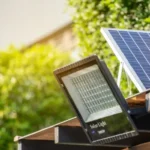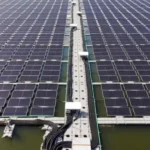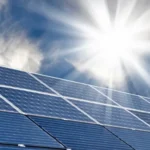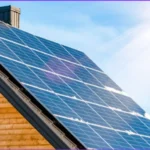Are the solar panels on your roof the right size for your energy needs? Or maybe you’re planning a new solar setup and are confused by terms like “watts per panel” or “dimensions in cm”? Selecting the proper solar plate size is one of the most important decisions when investing in solar power. It impacts cost, efficiency, and long-term performance.
In this post, we’ll walk you through everything you need to know. We’ll explore how solar panel size affects output and share real-world considerations, such as roof space, battery compatibility, and installation planning.
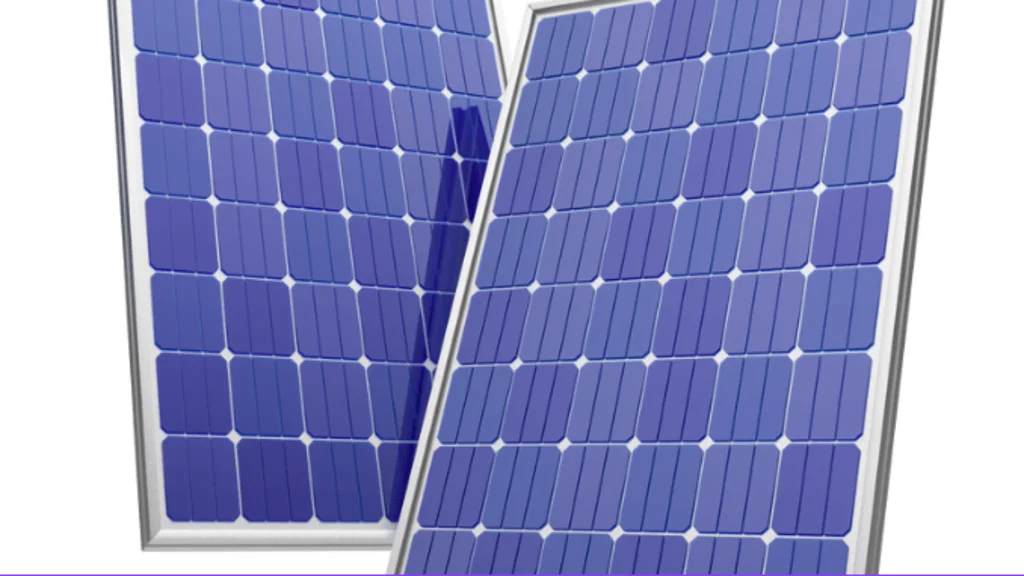
What Does “Solar Plate Size” Really Mean?
At its core, plate size refers to both the physical dimensions (length and width in centimeters or inches) and the wattage output (e.g., 400W, 550W) of a solar panel. It’s important to understand both aspects when planning your installation.
- Physical Size (in cm or inches): Determines the number of panels that can fit on your roof or ground-mount system.
- Electric Output (Wattage): Indicates the amount of electricity the panel will generate under standard test conditions.
For example, a 550W panel typically measures approximately 2279 x 1134 x 35 mm, while a 400W panel may be slightly smaller, measuring around 1722 x 1134 x 35 mm. This difference affects total installation area and hardware compatibility.
Visit here: Solar power inverter.
Why Solar Size Matters
Choosing the right solar plate size is a balancing act between available space, energy demand, and cost. Here’s how it influences your solar project:
Energy Production Needs
Larger wattage panels, such as 550W or 580W, produce more electricity per unit. This makes them suitable for homes with high energy consumption or limited installation space.
Roof or Ground Space Constraints
Your roof may only allow for a limited number of panels. Fewer high-wattage panels can be more effective than many small ones when space is a constraint.
System Design Flexibility
Mixing different panel sizes can create compatibility issues. It’s generally better to standardize on one solar plate size unless your installer has designed a hybrid system.
Cost and Return on Investment
High-wattage panels may cost more per unit, but they reduce system complexity. Fewer panels mean lower costs for mounting equipment, labor, and fewer inverter inputs.
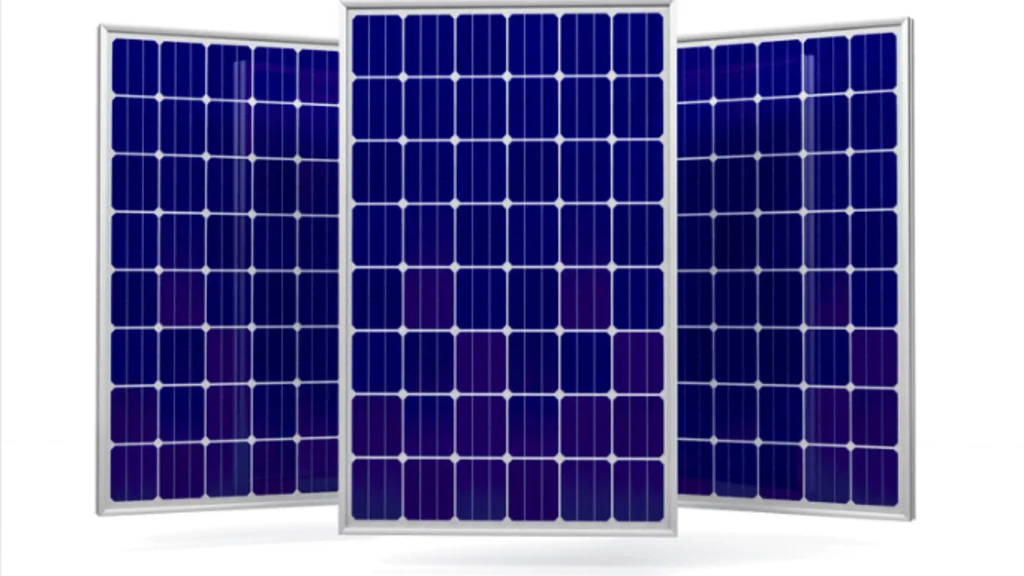
Real-World Example: Choosing the Right Solar Plate for a Small Business
In 2024, a small brewery in Arizona needed to offset 80% of its power consumption, utilizing limited rooftop space. With approximately 600 square feet available, they installed twelve 580W panels, resulting in a total system output of 6.96 kW. Using a smart inverter and battery backup, they achieved a 25 percent drop in energy costs, with room for future EV charging.
Comparing Common Solar Plate Sizes
| Plate Size | Dimensions (approx.) | Output (W) | Recommended For |
| 400W | 1722 x 1134 mm | 400 | Homes with ample space |
| 450W | 1900 x 1130 mm | 450 | Medium-scale homes |
| 550W | 2279 x 1134 mm | 550 | Compact rooftops, high output needs |
| 580W | 2335 x 1134 mm | 580 | Commercial or industrial applications |
Note: Sizes may vary slightly by manufacturer.
Factors That Affect Output Beyond Plate Size
Soiling Loss
Dust, bird droppings, and pollution can reduce panel output by up to 20 percent. Regular cleaning helps recover lost efficiency.
A homeowner in coastal Florida reported a 15 percent production boost after implementing a quarterly cleaning schedule.
Shading and Orientation
Shadows caused by trees or nearby buildings can reduce a panel’s output. Even partial shading can result in significant performance loss. Smart design and microinverters can mitigate this issue.
Inverter Compatibility
Smart inverters are configured explicitly for a particular voltage and current level. Pairing high-wattage panels with incompatible inverters can cause faults or result in energy waste.
Click here: Growatt solar inverter.
Sizing for EV Charging or Battery Storage
If you’re planning to:
- Charge an electric vehicle
- Add backup battery power
- Operate an off-grid system
You’ll need to carefully size your solar panels to meet your home’s specific energy needs.
EV Charging
An average EV requires 10 to 15 kilowatt-hours per day. This means installing an additional 2 to 2.5 kW worth of solar panels, or around four 550W plates.
Battery Storage
High-efficiency lithium-ion batteries, such as the Tesla Powerwall charge best when matched to solar panel output and inverter settings. Mismatched components may result in slower charging or reduced battery lifespan.
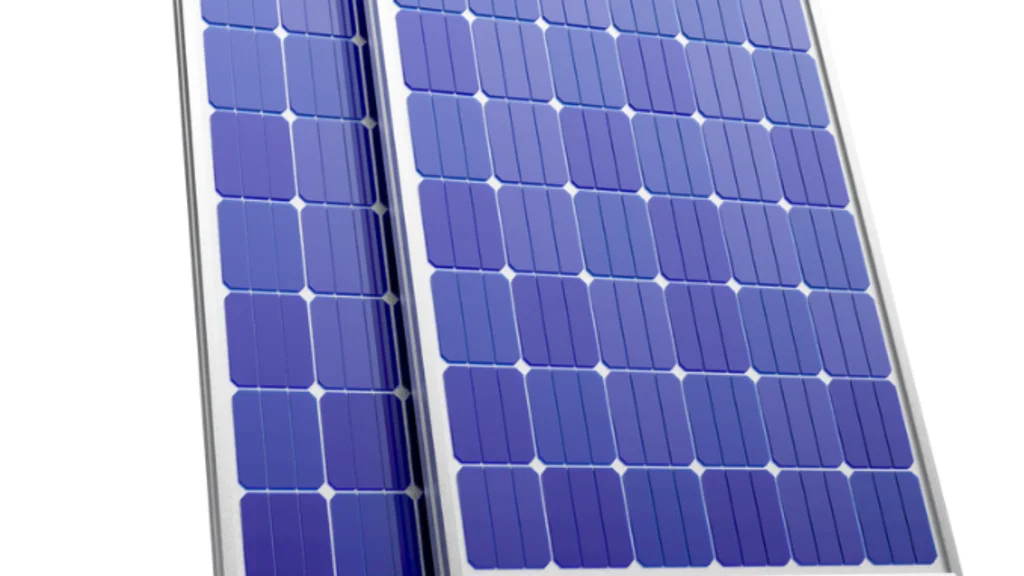
Installation Pitfalls to Avoid
Even with the correct plate size, mistakes during setup can affect performance. Common issues include:
- Overestimating sun exposure. East or west-facing panels can produce up to 20 percent less energy than south-facing ones.
- Ignoring local codes and regulations. Some municipalities have restrictions on system capacity or panel placement.
- Neglecting maintenance. Damaged or dirty panels degrade silently over time.
Step-by-Step Guide: How to Choose the Right Solar Plate Size
- Check your daily electricity usage using recent utility bills.
- Measure available installation space, whether on roof or ground.
- Set energy goals: Are you aiming for full offset, partial offset, or backup power?
- Match panel output to inverter specs. Avoid oversizing beyond limits.
- Factor in future needs, such as EVs, pool heaters, or expansions.
Trusted Resources
For further guidance and technical references, visit:
- Energy.gov Solar Basics
- NREL PV Research and Data
- Manufacturer sites, including JA Solar, Trina Solar, and LONGi Solar
Maximize Your Investment with the Right Plate Size
The right solar plate size is not just a technical detail. It’s the foundation of your solar energy investment. When matched correctly to your energy goals, roof layout, and inverter capacity, it can optimize both performance and return on investment.
If your panels haven’t been cleaned in over three months, or your output seems lower than expected, it’s a good idea to schedule a system review.
Book a solar inspection today and start getting the most from every watt your panels produce.
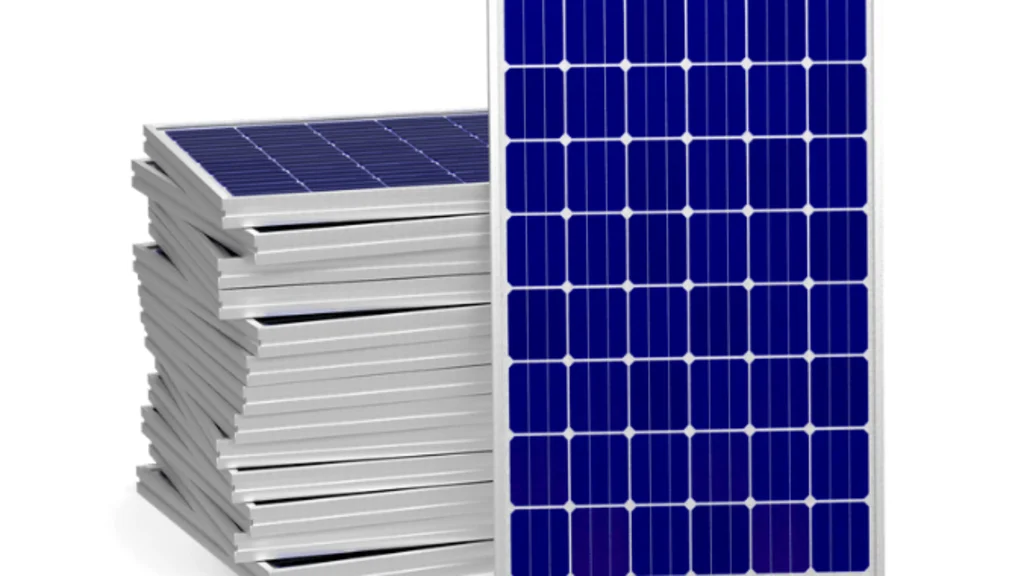
FAQs
What is the size of a solar plate?
The size of a solar plate, also known as a solar panel, typically ranges from 1722 x 1134 mm for a 400W panel to 2335 x 1134 mm for a 580W panel. The physical size depends on the panel’s wattage and cell arrangement. Commercial or high-wattage panels are generally larger and heavier, while residential panels are slightly smaller but may require more units to meet energy needs.
What is the size of a solar panel table?
A solar panel size table shows common wattages alongside their typical dimensions. For reference:
| Wattage | Dimensions (Approx.) |
| 400W | 1722 x 1134 mm |
| 450W | 1900 x 1130 mm |
| 550W | 2279 x 1134 mm |
| 580W | 2335 x 1134 mm |
This table helps homeowners and installers match panel sizes to available roof space and system design constraints.
What size is a 500 watt solar plate?
A 500 watt solar panel generally measures around 2094 x 1134 x 35 mm. This size can vary by brand and panel type, such as monocrystalline or bifacial. A 500W panel offers a strong balance between size and output, commonly used in both residential and commercial systems.


